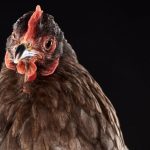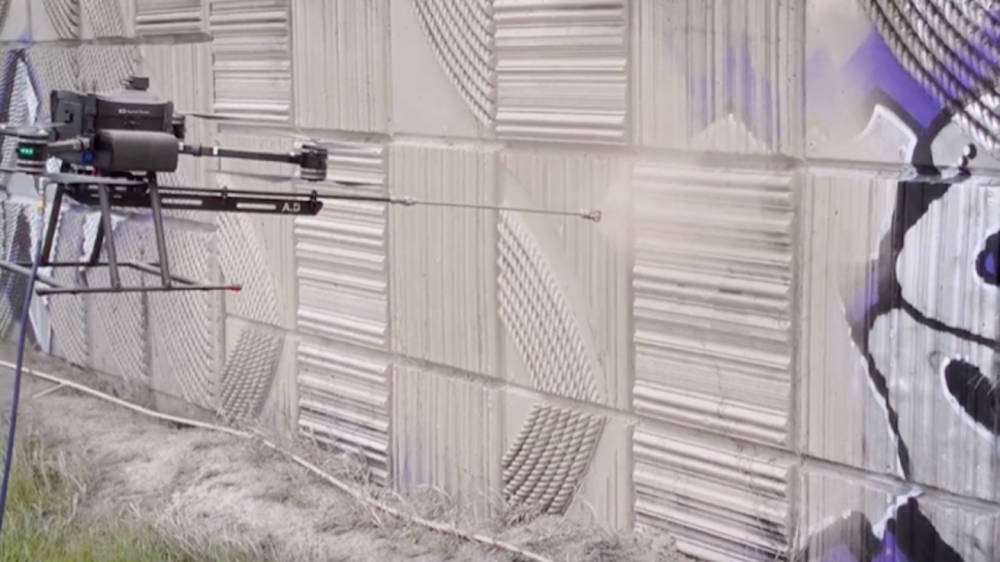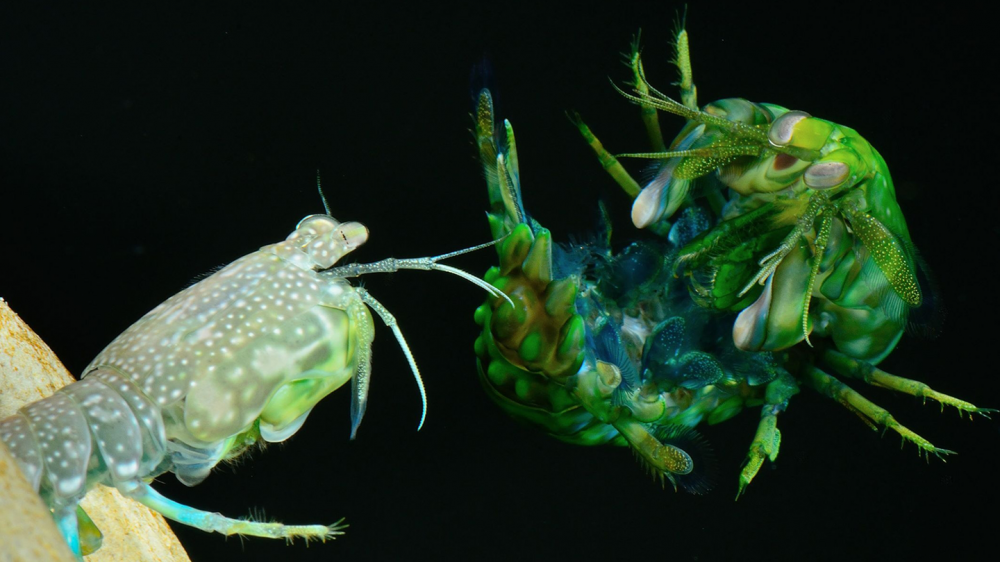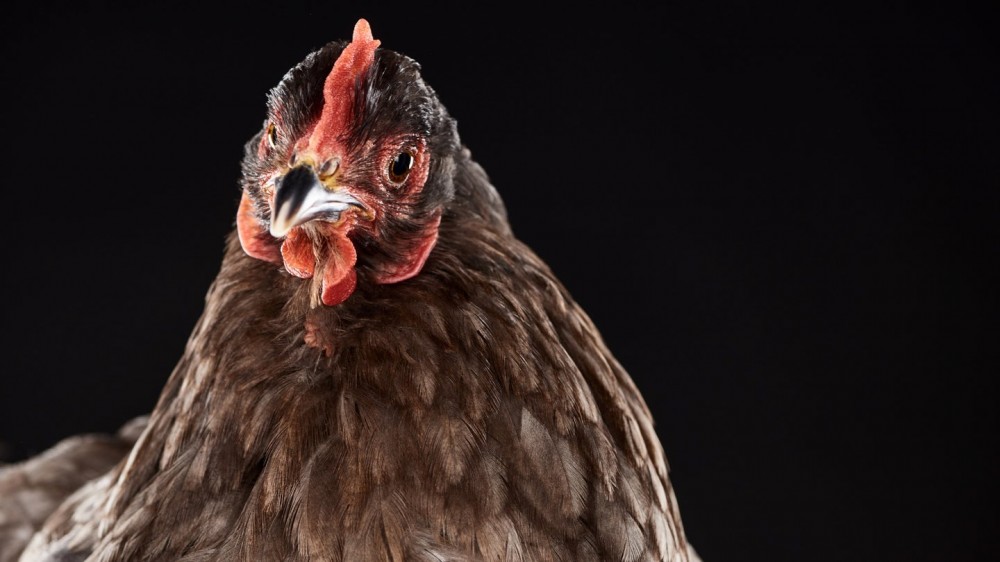
Unlike fears, phobias are extreme and persisting feelings of disgust and discomfort towards something, generally arising when in contact with that stimulus. Phobias are caused by extreme aversion or intense dislike of something. Like ‘technophobia’, where people dislike new technology so much they will take great pains to avoid it. Let’s take a tour of the bizarre and wonderful world of phobias…if you dare.
Acrophobia – Heights
Here is one we all expected, acrophobia. Most of us are intrinsically scared of high places, simply for the fact that they are high and falling will not be pleasant. But phobias deal with extreme cases.
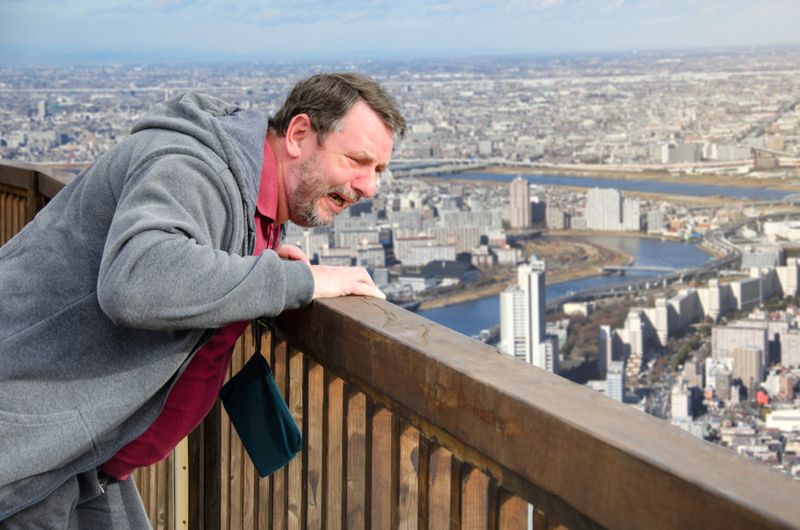
People who suffer from acrophobia will exhibit shortness of breath and a rapid heartbeat even in instances of driving over bridges. Their symptoms are so severe that they cannot muster enough courage to even get on a ladder. Not to be confused with aerophobia, acrophobia involves shorter heights like bridges and affects about 5% of the population.
Coulrophobia – Clowns
Pronounced (COOL-reh-FOE-bee-uh), coulrophobia is not all that cool, nor is it all that irrational. In fact, numerous horror movies have exploited coulrophobia, giving sinister clowns center stage and us plenty of nightmares. “IT”, “House of 1000 Corpses”, and “Poltergeist” are just some of the classics that made a goldmine from selling us 2 hours of pure coulrophobia.
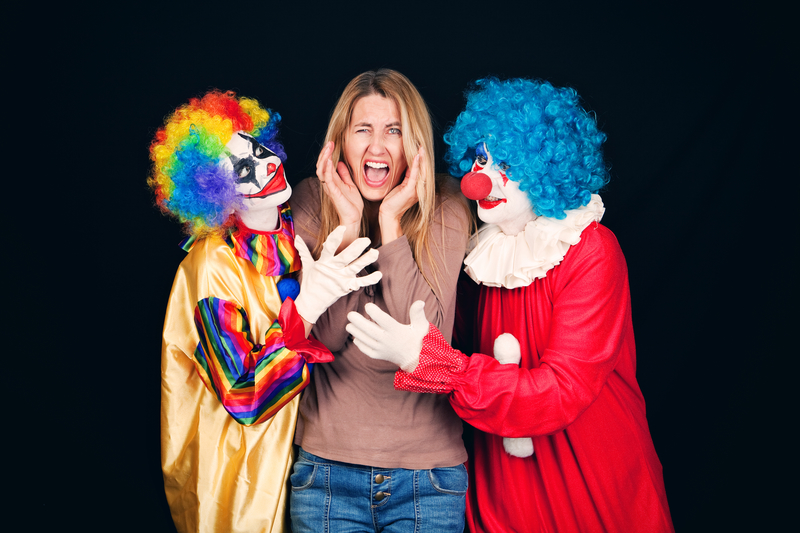
Interestingly, this phobia arises from the distorted facial features of clowns’ makeup. These twisted facial features cause an innate distrust and fear of clowns. A study from Chapman University concluded about 7.9% of the population are coulrophobics, most being women.
Arachibutyrophobia – Peanut Butter
This is not exactly the fear of peanut butter, but rather arachibutyrophobia is the “fear of peanut butter sticking to the top of your mouth.” While this phobia sounds quite nutty, we all have had experiences with peanut butter sticking to the top of our mouths.
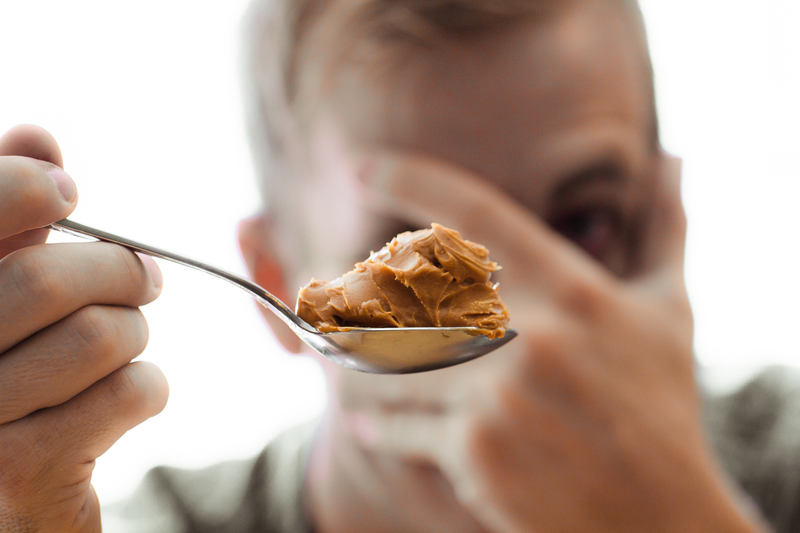
We all sometimes wonder if we have enough mouth strength to swallow a whole gulp. People who experience this fear endure extreme panic believing they might choke or suffocate. They may have even had a terrible past experience with the nutty substance, causing them to avoid it at all costs.
Galeophobia – Sharks
Phobias can be oddly specific. Galeophobia is one such example. It is not simply a fear of sharks but that sharks will appear in a pool when you are swimming. The word takes its origins from the Greek words Phobos meaning fear, and galeos which refers to a very specific ‘shark with markings similar to that of a weasel’.
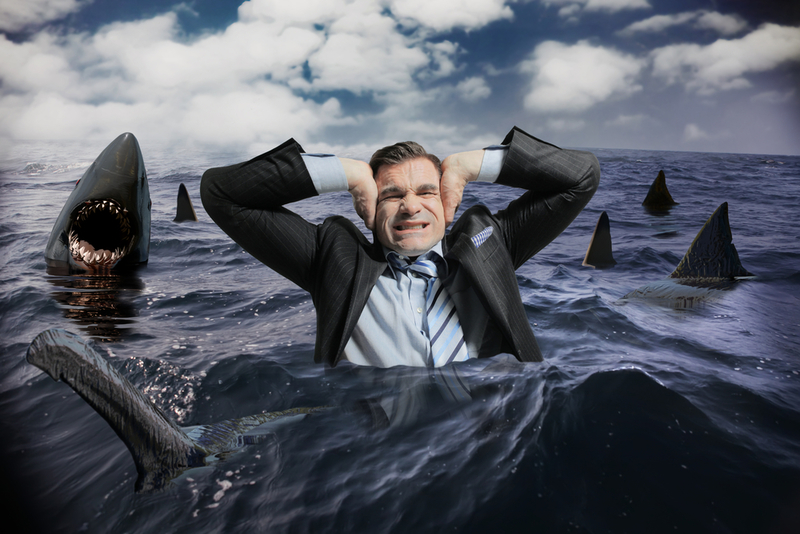
Perhaps, attacks by weaselly-looking sharks were commonplace in Ancient Greece. Who knows? Funny enough, most galeophobics are comfortable getting into pools and swimming. But out of the blue…literally… they will be overwhelmed by sudden fears of a shark appearing.
Chaetophobia – Hair
Roughly translating to the ‘fear of loose hair,’ the word “chaetophobia” is derived from the Greek terms khaitē meaning ‘loose hair’ and phobos meaning ‘fear.’ Chaetophobics freeze at the sight of any stray hair, whether it is from other people, animals, or themselves.

The condition mostly emerges from a fear of disease, believing they will become ill after contact with loose hair. Considering that the Black Plague, a pest that lived in the hair of rats, was responsible for the deaths of 40% of Europeans and Asians, chaetophobics are not totally paranoid.
Lepidopterophobia – Butterflies
Most of us love these exquisitely-colored winged insects, but not all of us are transfixed by the beauty of butterflies or, more broadly speaking, winged insects. It is thought to be the wings themselves that provoke lepidopterophobia.
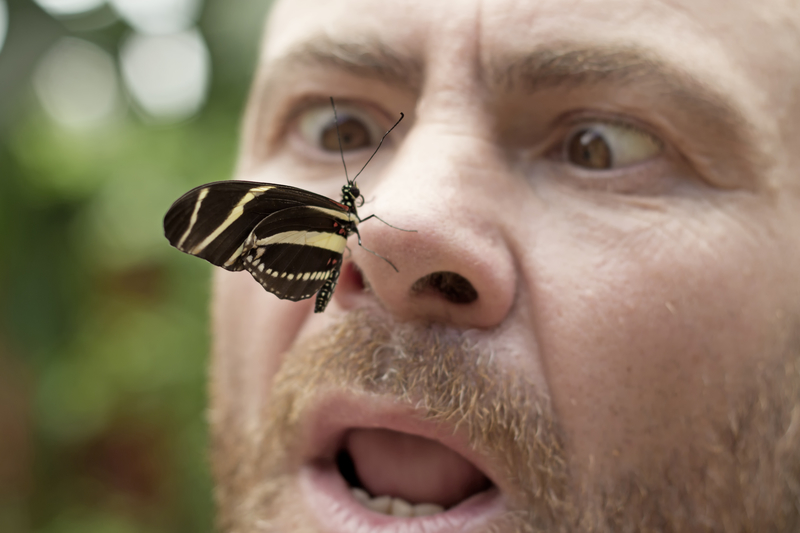
As the wings are covered in scales and sometimes are not in the most flattering dull browns, these individual feels panic, disgust, or even nausea when these winged insects begin to flutter. It is specifically when they flutter that symptoms appear. Celebrity, Nicole Kidman, suffers from this condition.
Ailurophobia or Gatophobia – Cats
The two people you should never invite to a party together are a cat lover and an ailurophobic. Also known as a gatophobic, an ailurophobic suffers from an intense fear of cats – and is the greatest enemy of all cat lovers.
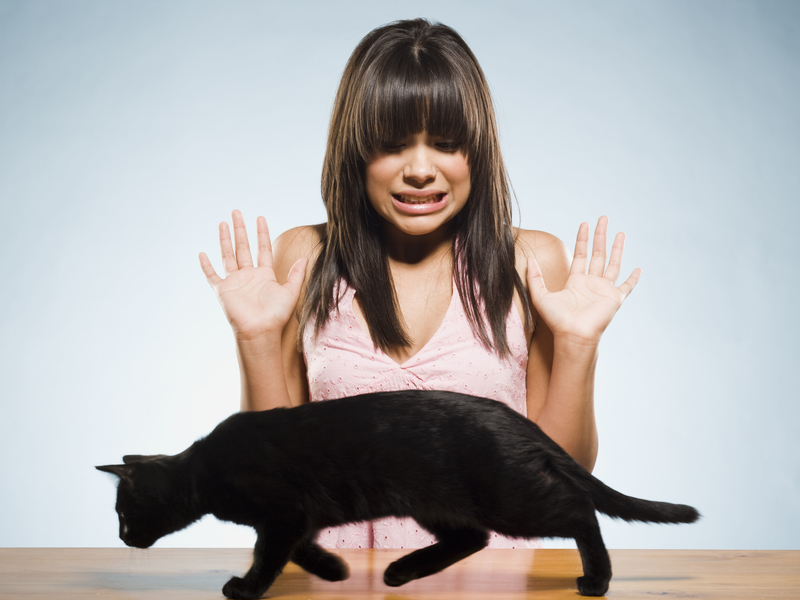
Those with this condition tend to experience a fight-or-flight response, nausea, and a pounding heart when encountering a cat. Studies suggest that this fear originates from the mythology of cats being evil and connected to dark beings like witches. Such myths probably were initially derived from cats being predatory and our fear of predators.
Catoptrophobia – Mirrors
Interestingly, the word ‘mirror’ originates from the Latin term mīror translating to ‘wonder at’, and was initially derived from its Latin root mīrus which means ‘wonderful.’ However, for those suffering from catoptrophobia, mirrors are anything but wonderful or something to wonder at. Rather they are something to run away from.
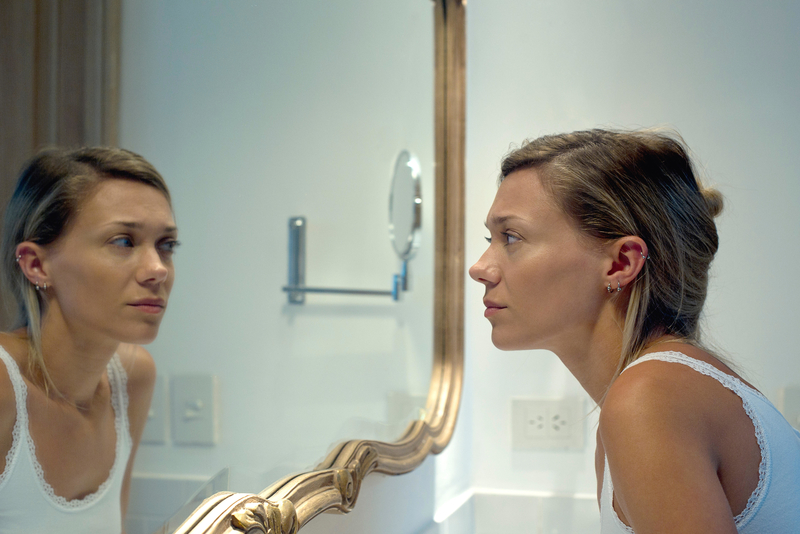
It is not exactly known why people develop catoptrophobia – a fear of mirrors. It could be from legends in which breaking a mirror would bring seven years of bad luck, or an inability to conform to society’s standards of beauty, thus, provoking an intense avoidance of seeing oneself in a mirror.
Hemophobia – Blood
You guessed it! ‘Hemophobia’ is the irrational ‘fear of blood.’ In movies and TV, you have probably seen people fainting at the sight of blood. While it might be similar to trypanophobia – the fear of needles – those with hemophobia specifically cannot stand the sight of blood.

Though experiencing severe symptoms like trembling, sweating, a sudden drop in blood pressure, and fainting – yes, movies were not wrong – the fear stems from prior injuries and sickness. Blood alerts us to danger as well as injury. Thus, the fear of it makes perfect sense.
Trypophobia – Teeny Tiny Holes
“American Horror Story” popularized trypophobia as well as a number of other phobias. I mean, what are you expecting from a series called “American Horror Story”? Trypophobia is the fear of teeny tiny holes. Those who suffer from it experience an extraordinary aversion to things like beehives, insect eyes, and anything else with a cluster of many teeny tiny holes.

Some informal studies have tried to explore the underlying cause of this fear. There can be unresolved traumas from the past or disgust towards something ‘pockmarked’, which in more ancient times would be a sign of disease.
Gerascophobia – Getting Old
Okay, we give up; this phobia is not irrational at all. Getting old petrifies us, and the worst part is there is nothing we can do about it. So, we’re pretty much doomed to being fearful and becoming increasingly more fearful our whole lives.
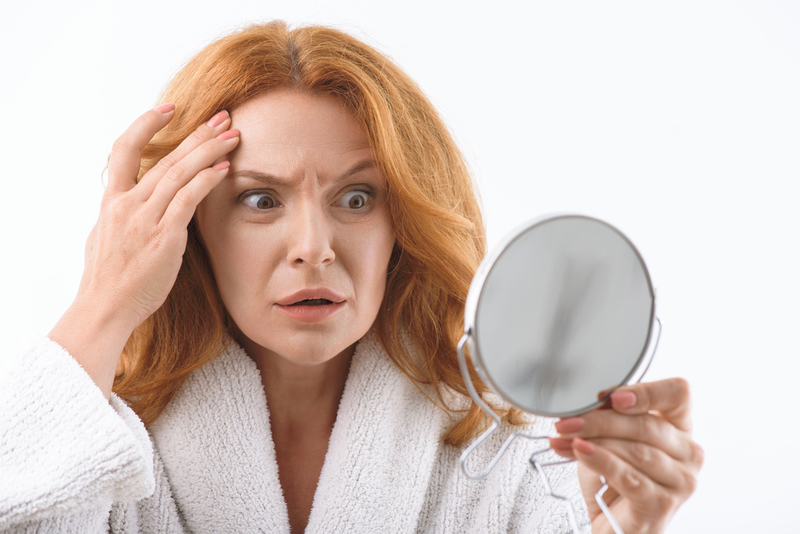
Gerascophobia does not stem from the fear of looking old, but rather of not being mobile and being too frail to look after ourselves. It also involves extreme panic at the thought of being abandoned, having no one to depend on, and nearing death. With the predominance of retirement homes, it is becoming more common.
Pogonophobia – Beards
If you suffer from or know anyone who suffers from pogonophobia, as alluring as the characters are, we recommend not watching the historical series “Vikings”. The beards on display come in all varieties. Pogonophobia is the excessive and extreme fear of beards.
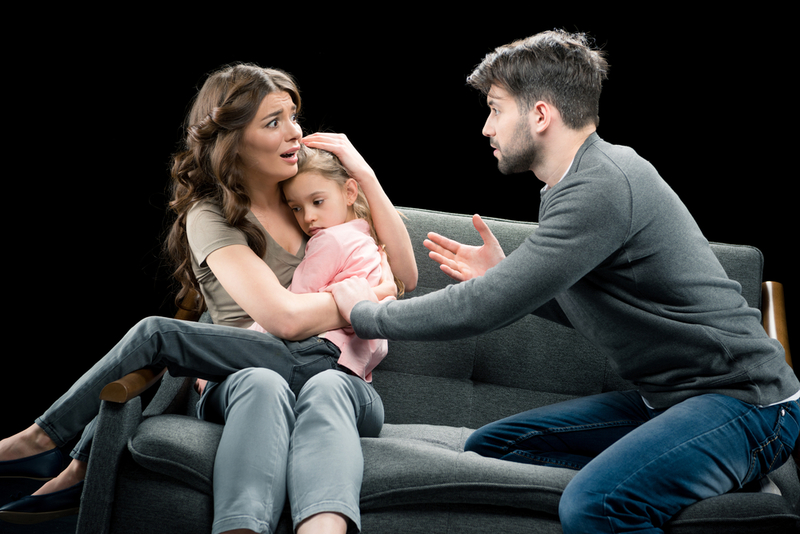
The cause of this fear could be due to beards disguising some facial features, inspiring mistrust. Or it could originate from unshaven men being associated with uncleanliness – like not having access to bathhouses. The Twin Tower attack may also have contributed to the prevalence of pogonophobia, with people believing bearded men were responsible for the terrorist attack.
Omphalophobia – Belly Buttons
Some people have a fear of holes in general, and others a fear of one specific hole, namely, the belly button or naval. In many cultures, showing off one’s belly button is seen as attractive. However, not everyone appreciates looking at belly buttons and definitely not touching them.

Omphalophobia is the ‘fear of belly buttons’. The fear can spring from finding something dirty or dark in one’s own belly button and connecting one’s naval with uncleanliness. Or one can experience fear that one’s intestines might spill out.
Nomophobia – No Mobile Phone Phobia
You may have heard of FOMO, but have you heard about nomophobia? They are not exactly the same, but there are similarities. Nomophobia literally means ‘no mobile phone phobia’. After realizing that they have left their mobile phone at home, a person suffering from nomophobia will begin to experience extreme panic, palpitations, and trembling.

Even the sight of a low battery puts them on edge. Like FOMO, nomophobia is actually caused by the fear of being isolated. With apparently 50% of Americans suffering from nomophobia, it is little wonder that power banks have become so popular.
Disposophobia – Getting Rid of Stuff
It is pretty easy to make heads or tails of what disposophobia entails, ‘the fear of disposing of things.’ In fact, the condition is pretty understandable. Given that it tends to occur most among women during middle age, it could be connected to other disorders such as depression and anxiety.
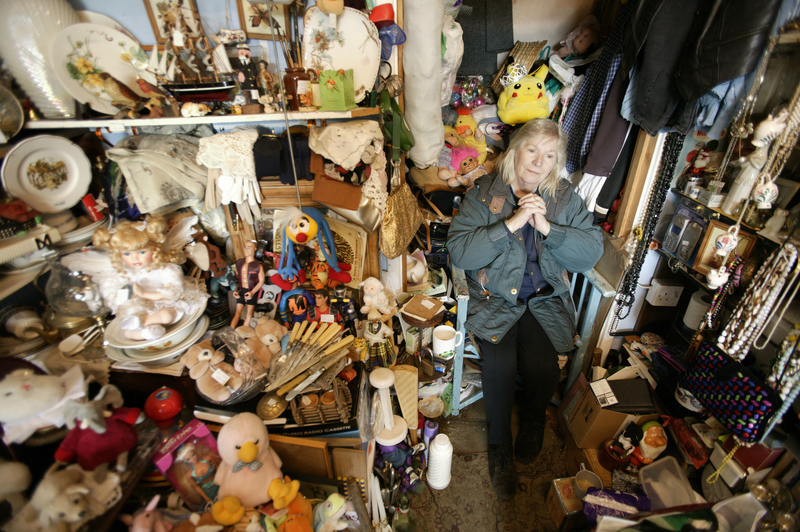
Potentially, this demographic may have suffered from job loss or death in the past. After facing the death of a loved one, disposophobics might believe they can preserve bits of the past by not disposing of anything.
Turophobia – Cheese
Taking origins from the Greek words turi meaning ‘cheese’ and phobos meaning ‘fear or dread’, turophobia means “fear of cheese’. Fortunately for dairy farmers, this is an uncommon fear. Those who suffer from it fear both the sticky texture and the cheesy taste.

People with this phobia will not touch anything with cheddar, gouda, mozzarella, or any kind of cheese. No cheese is safe from turophobia. You might not even get away with a cheesy comment with turophobics. Their fear of the food is so pronounced that they even shudder when hearing the words ‘cheese’ and ‘cheesy.’
Nevophobia – Moles on Skin
We definitely know of one person – rather, character – who suffers from nevophobia. Though Fred Savage was known as “the mole” in “Austin Powers in Goldmember”, it was not for his infiltrating abilities. The sheer horror and disgust shown on Austin Power’s face when he encounters his colleague accurately represents the symptoms of nevophobia.
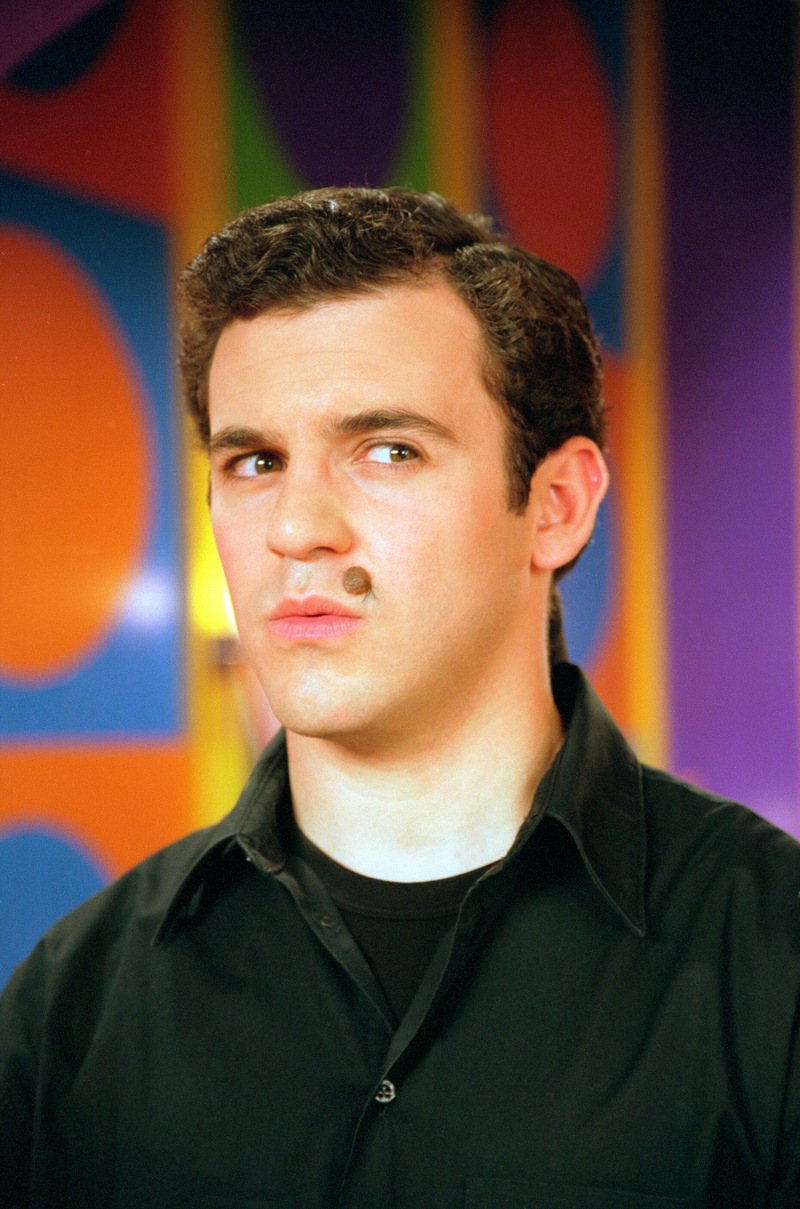
Those who suffer from it will become increasingly disgusted and even nauseous when seeing a mole, especially if it is a bit raised. While the fear causes much discomfort, most people have a bit of a handle on the fear and will not make attempts to flee.
Didaskaleinophobia – Schools
Just be careful of kids using this one to get out of school, because kids will do anything to get out of school, especially kids who suffer from didaskaleinophobia. Meaning the ‘fear of schools’, it is reported that about 2% to 5% of American kids actually suffer from this fear, and is common among those age 4 to 6 and 13 to 15.

No wonder they hide under their bedcovers, paralyzed with fear…or sleep. Enough kidding around, children with didaskaleinophobia will experience trembling, palpitations, a dry mouth, and may start screaming when the time for school arrives.
Ergophobia – Work
This fear is probably the most common worldwide. In fact, we could also use a bit of ergophobia, especially on a Monday morning or Friday afternoon. Stop playing about! Let’s get to work with understanding this phobia. It’s actually rather serious business.

Originating from the Greek term ergon, individuals with ergophobia struggle with what could be described as advanced performance anxiety. Who doesn’t have a little bit of ergophobia nowadays with menacing KPIs and annual performance reviews? In extreme cases, it is this fear of their work being rejected that creates this dread and worry in so many people.
Telephonophobia – Fear of Talking on the Phone
If you suspect someone of ghosting you when they won’t take your calls, try texting them instead. Who knows, they might be suffering from telephonophobia. The word says it all. It’s the ‘fear of talking on the phone.’
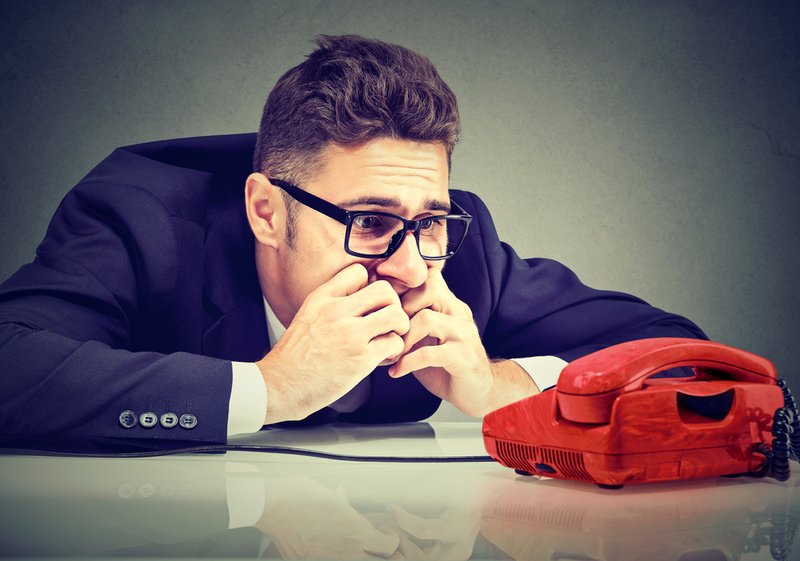
While it might sound like a modern condition with all the talk of electromagnetic fields, the term actually originated in the 19th century when Alexander Graham Bell invented the telephone. Telephonophobes experience acute nervousness and so much dread that they prefer to leave the phone ringing. The fear may arise from conspiracies about electromagnetic fields or from being teased about their voices.
Koumpounophobia – Buttons
Approximately 75 000 people suffer from koumpounophobia – ‘the fear of buttons’. While such a fear might seem irrational, it often occurs from childhood accidents, like children being sent to the emergency ward after swallowing a button or sticking one up their noses.

While buttons may appear less dangerous than zips, people afflicted with koumpounophobia will go to great lengths to avoid buttons, including strictly wearing clothing without them. Like Steve Jobs, who only dressed in turtlenecks. Jobs admitted to having koumpounophobia. Some propose that it was the Apple creator’s fear of buttons that inspired iPhones to oddly become buttonless.
Clinophobia – Going to Bed
Now, we finally understand why some kids refuse to go to bed. They must be suffering from clinophobia – or they just want to keep watching TV. The term ‘clinophobia’ comes from the Greek term klinein meaning ‘to incline’, so a literal translation is a ‘fear of inclining’. But clinophobia really describes the condition where people experience an extreme fear of sleeping.
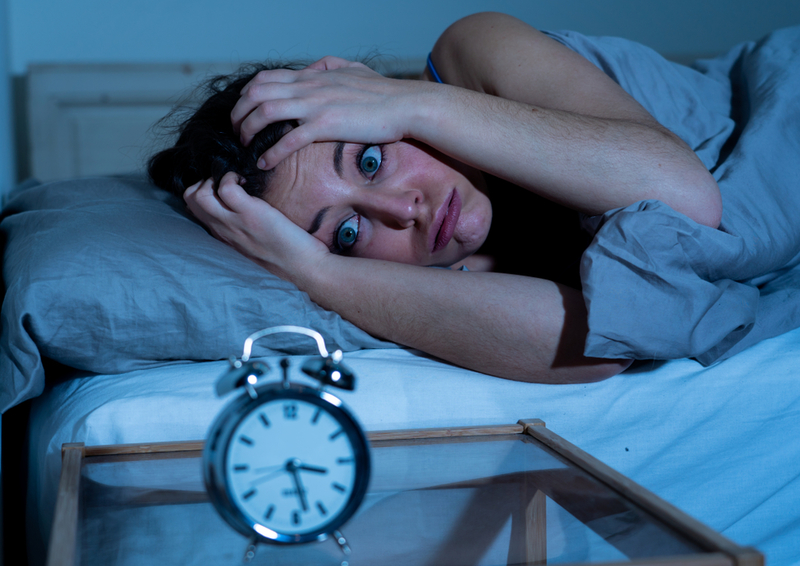
So apprehensive are they of sleeping that clinophobia normally develops into insomnia. Most people struggle to get up in the morning, these individuals fear that something may happen to them while they are sleeping.
Ombrophobia – Rain
You might have read the terms ‘ombrophobia’ or ‘ombrophilia’ in a gardening book before. Generally, these terms are used to describe plants that shrink away from or open up to receive rain. While it is similar to pluviophobia, ombrophobia refers specifically to people who fear ‘rain’ or ‘rainy conditions’ while pluviophobes are scared of different types of weather.
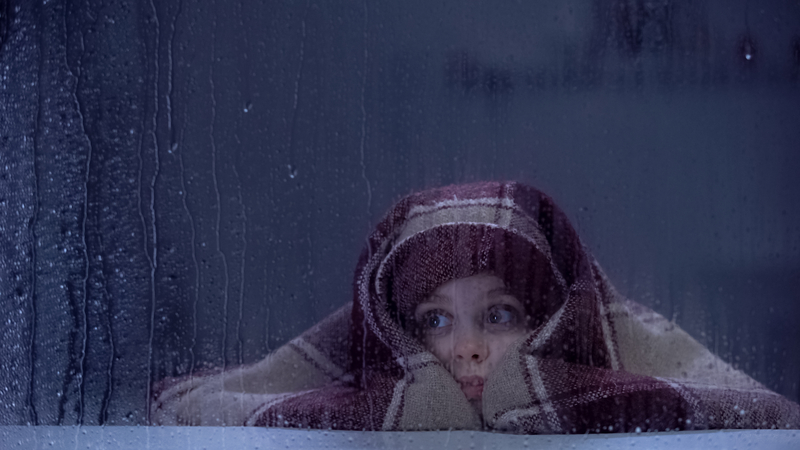
This type of phobia is most apparent in children, but it is not limited to plants and people but also animals. Have you ever spotted your cat leopard crawling? It is a good sign of impending rain.
Megalophobia – Large Things
To be more precise, megalophobia is the fear of extremely large things. Individuals with this condition feel intimidated or threatened by the sheer size of massive objects. Such objects can include tall buildings, big boats and vehicles, and enormous trees like the redwoods in California.
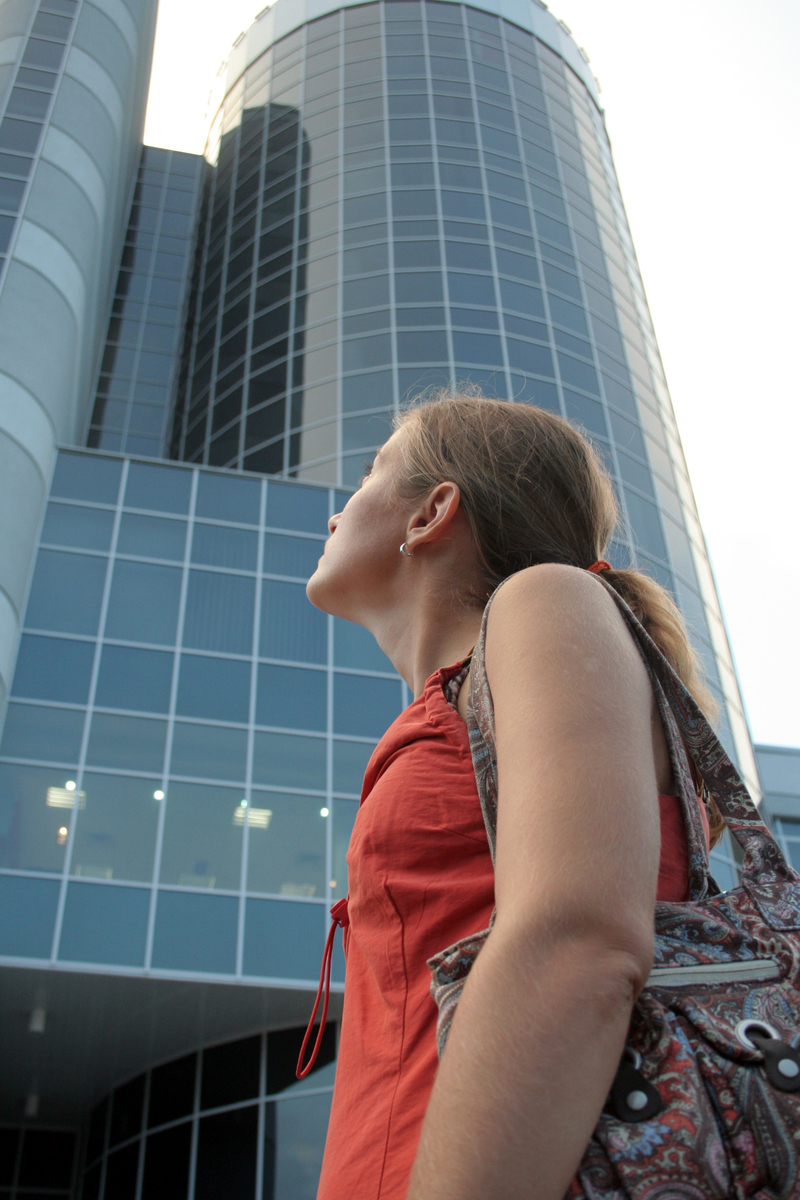
If a megalophobe runs into an elephant, they have a giant problem on their hands – and we are not referring to the elephant, but their condition. When encountering a huge object, megalophobes will experience acute anxiety and feel like a tall structure is looming over them. Often these individuals will avoid places with massive things.
Glossophobia – Public Speaking
Next time your boss gives you a presentation, you can just go up to him or her and say you suffer from debilitating glossophobia. You can then explain that glossophobia is the ‘fear of public speaking.’ While you probably won’t get out of the presentation, many people severely struggle with glossophobia, and no matter what you do, you won’t get these people to speak in front of an audience.

Symptoms include sweating, a dry mouth, and heart palpitations. While researchers are still unsure of the cause of glossophobia, they suspect that past traumatic events with public speaking may be responsible.
Xocolatophobia – Chocolate
Don’t bother with learning to pronounce xocolatophobia correctly because you will probably never need to explain to someone that you have this condition. Xocolatophobia (pronounced CO-ceh-lay-toe-FOH-bee-uh) is the ‘fear of chocolate.’ The term takes its origins from the Nahuatl or Aztec word xococ.

While sometimes we wished we suffered from this condition, there are some people who actually do. It can be so extreme that people have not only a fear of eating chocolate but of getting it on their clothes. They are so repulsed by chocolate that they cannot look at it, let alone eat it.
Emetophobia – Vomiting
People with emetophobia should probably avoid a fraternity party at all costs. Emetophobia refers to the ‘fear of vomiting’. The term has origins in the Greek word emein meaning ‘to vomit.’ Emetophobia is actually understandable. Vomiting is always unpleasant. It is generally a sign of sickness and disease, explaining why these people are not only afraid of vomiting themselves but of seeing others throwing up.

About 6% to 7% of women struggle with this disorder making it more among them, but there are some men who have a serious aversion to seeing others being sick. Seriously, don’t blame them.
Aphenphosmphobia – Intimacy
You don’t get any more star-crossed than an aphenphosmphobe. Truthfully, it is not as bad suffering from philophobia – ‘the fear of love or being loved’ – but there are some people who just don’t want to be touched. They really just dread intimacy.
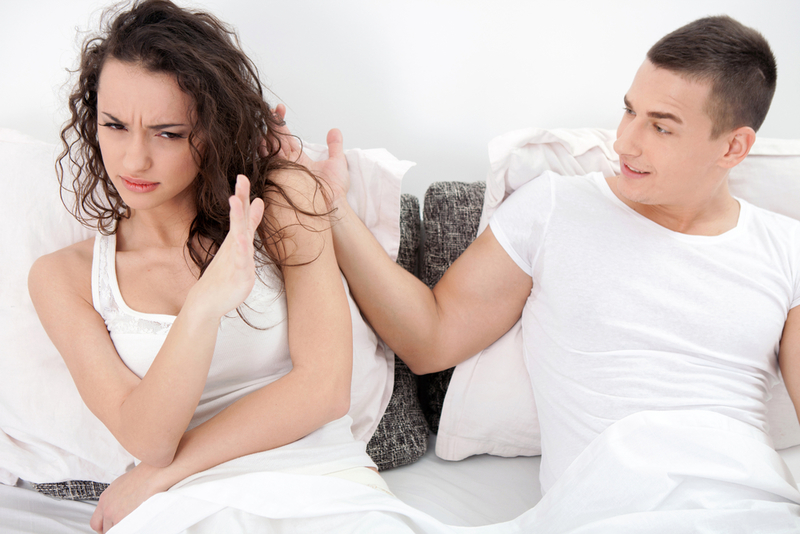
You really don’t get anyone more destined-to-be-alone than aphenphosmphobes because it is not only physical intimacy but the emotional closeness that they fear. Often, this condition stems from the fear of being abandoned, so they shy or run – more like sprint – away from any form of intimacy.
Enochlophobia – Crowds
If you suffer from enochlophobia, Manila may be just the worst place on earth for you. With a reported 119,600 people per square mile, the city is crowded. Enochlophobia, ‘the fear of crowds,’ means that individuals with this condition suffer extreme anxiety when being surrounded by masses of people.
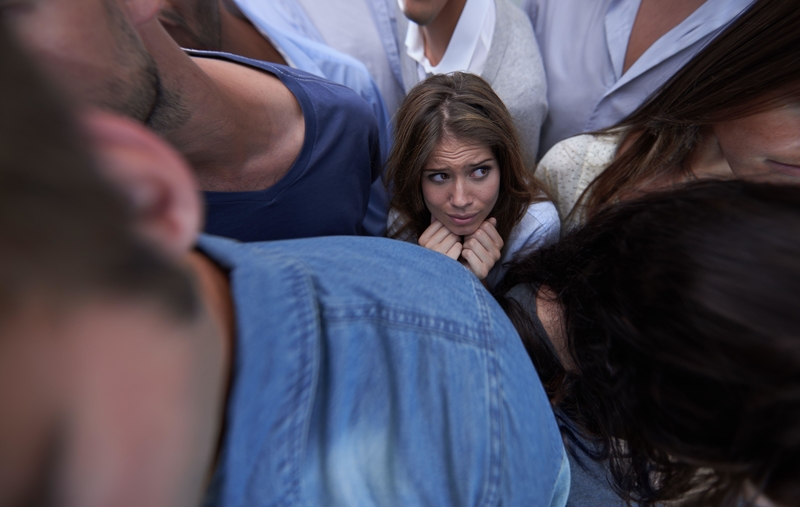
It is unclear as to its cause, but researchers have discovered that women are more likely to have this phobia. It is suspected that it arises from a fear of being unable to be heard and, thus, really a fear of noise. And crowds are definitely noisy.
Alektorophobia – Chickens
Thank goodness chickens don’t cross the road, or alektorophobes would have a hard time getting anywhere. Alektorophobia is the extreme and irrational fear of chickens – live chickens. Okay, it is not that irrational. Chickens, after all, have dangerous beaks. But actually, the fear arises from them being feathered.
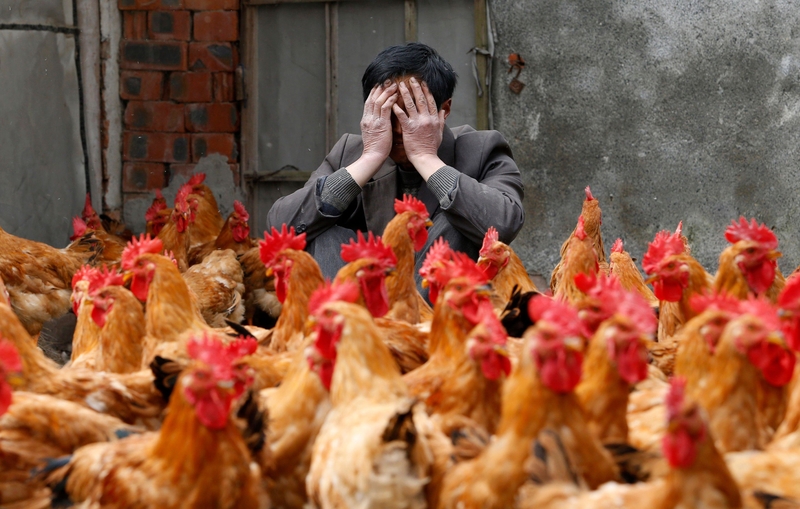
Individuals suffering from this condition will go a mile in the opposite direction if they spot a chicken casually strolling by. Often, their fear is so overwhelming that they outright refuse to visit farms or mumble foul language when a feathered fowl appears.
Chronophobia – The Future and Time
Who does not fear the passage of time? Well, anyone without chronophobia does. The term ‘chronophobia’ is derived from the Greek word chrono which means ‘time’. The struggles of an individual with this condition are very real.

This person may become so paralyzed by persistent worrying about time’s passing that they may not know what to do with their time. They may stop working or never stop working because there is a range of symptoms making it quite difficult to diagnose. It is also rather common, with about 12.5% of adults in the US struggling with Chronophobia.
Allodoxaphobia – Fear of Opinions
Do you always want to share your opinions, but as soon as the words come, they get stuck in your throat? There’s nothing to fear – you’re not suffering from allodoxaphobia. This disorder, allodoxaphobia, means the ‘fear of opinions’ or, more accurately, ‘the fear of listening to others’ opinions’.

If you start giving your opinion – typically, a more controversial one – and you notice someone experiencing shallow breathing, and at the same time, their heart rapidly begins beating, they might have allodoxaphobia. Fortunately, this disorder is quite rare, else journalists, politicians, and modern celebrities would have a time tough being heard.
Samhainophobia – Halloween
If you think about it, samhainophobia – ‘the fear of Halloween’ – is not all that irrational. The term originally comes from the Gaelic-Irish-Scottish word samhuin which means ‘summer’s end’.
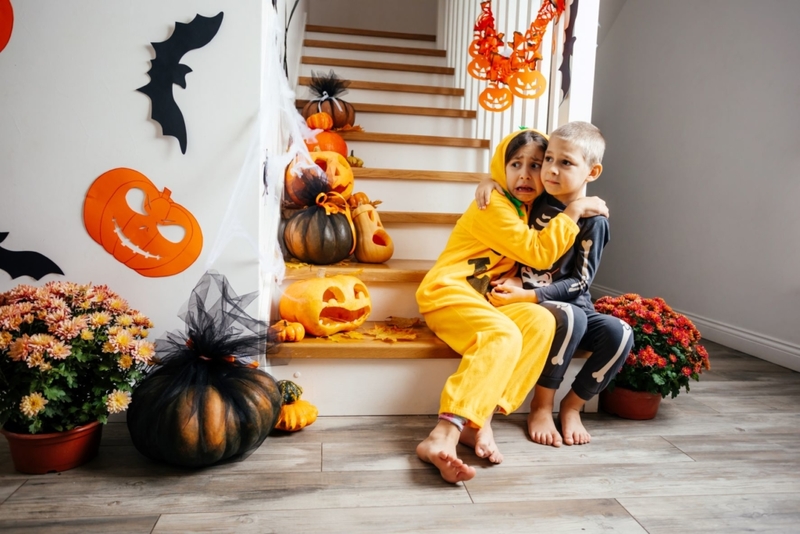
With everyone dressing up like ghouls, ghosts, and vampires, and decorating the garden like a mortuary to attract all of Zombie Nation, it is understandable that children struggle with samhainophobia. This disorder is prevalent in children. With Halloween becoming big business, children with samhainophobia may be scared of sleeping alone on October 31.
Bibliophobia – Books
Were you that person who could just not study or read course books? Yeah, us too. Seems like bibliophobia is very common. Sadly, we can’t get out of doing homework or training, because studies estimate that 9% of the population suffers from Bibliophobia. So only 9% of us can get out of training and doing homework.
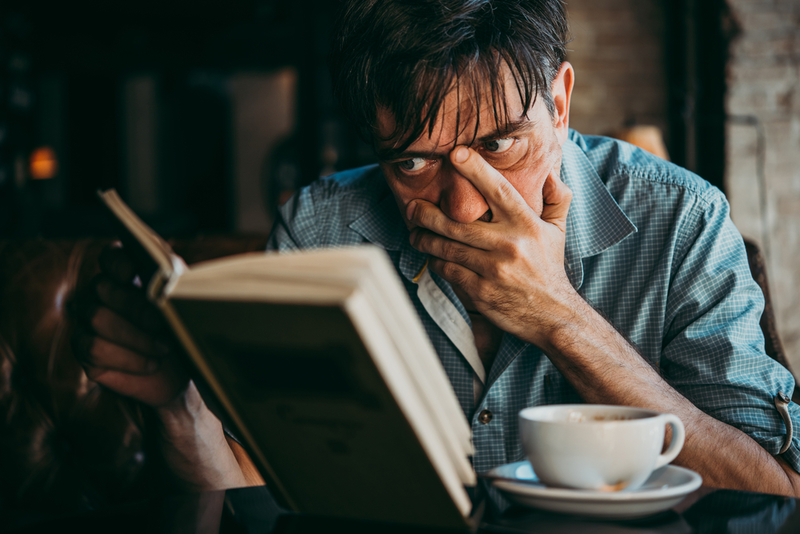
Bibliophobia is the ‘irrational fear of books.’ It tends to be specific as people become panic-stricken and break out in a sweat even thinking about reading books. Oddly, these people will develop fears about certain types of books like textbooks and children’s books.
Hippopotomonstrosesquippedaliophobia – Long words
If you suffer from what we will call ‘the Fear of Saying Long Words’ which we call ‘the Fear of Saying Long Words’ for convenience, you are not alone. In fact, ‘the Fear of Saying Long Words’ has been officially classified as a phobia because many people have outright fears of saying long words.

Generally, the fear is most commonly experienced when having to say those words out loud in front of classmates. We do not recommend moving to Llanfairpwllgwyngyllgogerychwyrndrobwllllantysiliogogogoch (a town in Wales) or learning German if you think you may have this fear.
Olfactophobia – Smells
There may be nothing like the smell of freshly baked bread, but not to everyone. Olfactophobia is the ‘fear of smells’. While people who suffer from olfactophobia may have a strong aversion to smells, it might also be caused by a sensory disorder or hypersensitivity to odors.
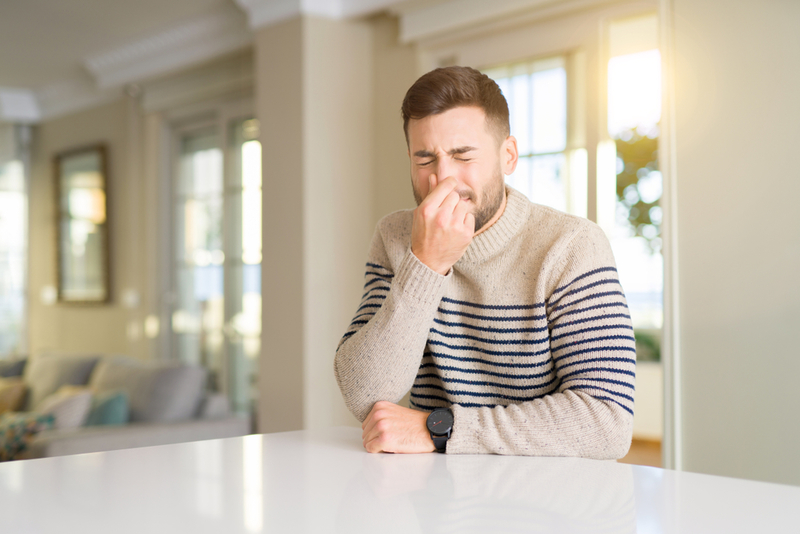
It might seem a bit irrational, but the skunk is one animal that relies on olfactophobia as its primary defense mechanism. Not known for their pleasant aromas, skunks will release a smelly fluid strong enough to put predators off their food, so that they’ll be able to be the ones who catch it!
Mysophobia – Germs
This type of phobia generally arises in sufferers when they visit public places or extremely dirty places. Mysophobia refers to the ‘the fear of germs.’ The root cause of this disorder is an aversion to contamination.

Symptoms are similar to those who suffer from obsessive-compulsive disorder (OCD) because these individuals will wash their hands over and over after visiting a filthy place. They also spend a lot of money on cleaning products and disinfectants. Know anyone who refuses to use public toilets? They may have Mysophobia.
Globophobia – Balloons
Not trying to burst anyone’s bubble, but there are some phobias that are a little bit odd. Globophobia is the extreme dislike and excessive ‘fear of balloons’. In the case of these individuals, they would probably prefer for you to burst their balloons.

While more advanced cases involve people battling to touch or smell a balloon, most people with this phobia experience continuous dread of a balloon potentially popping. If they don’t accept your party invitation decorated with multicolored balloons, it might not be you. It might be the balloons.
Toxiphobia – Poison
There is probably not one person on earth who is not afraid of being poisoned. Taking the proverb “keep your friends close and your enemies closer” is probably the root cause of toxiphobia. These individuals have the pervading and irrational fear that all drinks and foods may potentially poison them. They go to great pains to prepare all their drinks and meals themselves.

While this fear definitely makes life complicated, one has to scratch one’s head thinking about the Japanese delicacy, the pufferfish. It has large concentrations of tetrodotoxin – one of the deadliest poisons globally.
Triskaidekaphobia – The Number 13
Actually, most of society seems to suffer from Triskaidekaphobia – ‘the fear of number 13’. For at least 2000 years, this fear has hung like a dark cloud over our civilization. It has been around since The Last Supper, where 13 guests attended.
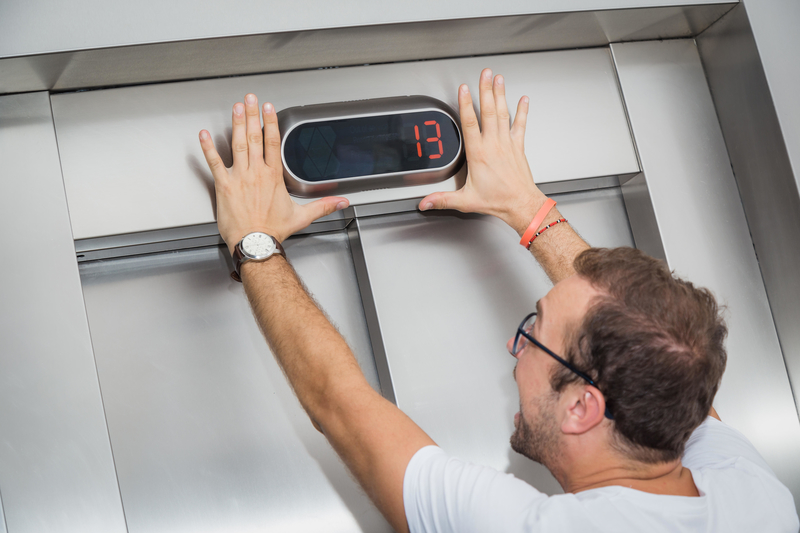
While it may be more of a superstition than a phobia, people will go to great lengths to leave level 13 out of the building blueprints. And while Friday the 13th is an enduring omen even in modern times, people who struggle to confront this calendar date actually suffer from paraskevidekatriaphobia.
Podophobia – Feet
Some people have an uncanny love for feet, and others don’t. And then, there are some who have podophobia who have an uncanny desire never to see feet again. The term ‘podophobia’ originates from the Greek word podos which means ‘feet.’

There are some inexplicable causes of podophobia, but some individuals suffer from bunions and hammertoe. In these cases, owing to these abnormalities, these people will tend to avoid looking at and touching their feet. Symptoms include dizziness, shortness of breath, and even nausea.
Porphyrophobia – Purple
Who doesn’t think purple is a scary color? And why does it have to come in so many shades? Porphyrophobia is the irrational fear – or extreme dislike – of purple, a color desperately trying to be a gothic version of pink.
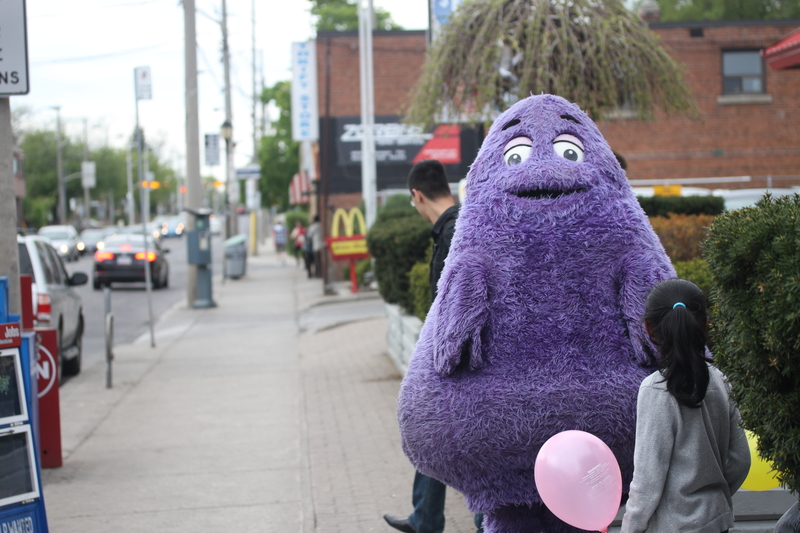
It may have been used to dye royal robes, but the color induces panic or chills in individuals with porphyrophobia. In some cases, it’s so bad you can’t even say its name. It’s probably the movie’s fault. After all, about 12% of adults and 19% of teenagers have porphyrophobia. No wonder they called a depressing book ‘The Color Purple.’
Decidophobia – Making the Wrong Decision
Individuals with this phobia have a hard time making even small decisions like what to wear and what to have for dinner. In 1973, Princeton philosopher Walter Kauffman invented the term. Those with Decidophobia will experience intense anxiety and excessive fear over having to make a decision.

A typical symptom of this phobia is procrastination because they keep prolonging making a decision. While Kauffman may have coined this term, culture has known of its existence since Shakespeare’s “Hamlet” who struggled so much with decidophobia that he couldn’t even make his mind up whether “to be or not to be.”
Amychophobia – Being Scratched
This condition, amychophobia, refers to the ‘fear of scratches’ or, more specifically, ‘the fear of being scratched.’ It is not that pleasant being scratched, so you can understand why many people have Amychophobia.

Individuals with Amychophobia will avoid anything with talons, claws, or nails. So that is pretty much the whole animal kingdom. And plants are not safe either because there are plenty of scratchy plants. One only has to think of cacti and know that deserts are not safe for amychophobics. Muscle tension and sweaty palms are common symptoms, even when these individuals imagine being scratched.
Nyctophobia – Darkness
While it is common for kids to develop a fear of the dark, there are plenty of adults who still sleep with the lights on. ‘Nyctophobia’, also known as scotophobia or lygophobia, describes an extreme ‘the fear of darkness.’ The term ‘nyctophobia’ takes its origins from the Greek word nyctus, meaning ‘darkness or night.’
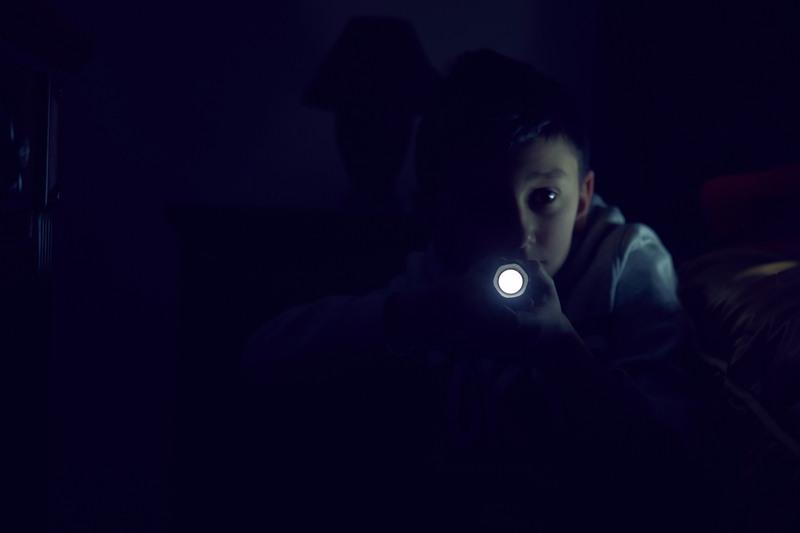
It is quite common, as 3% to 4% of the US population refuse to turn off the lights before turning in for the night. There are some sinister reasons for its persistence into adulthood. It could stem from traumatic past events occurring in childhood.
Achievemephobia – Success
Clearly, some of us were not all meant to find success as for some, it is simply not possible. achievemephobia is ‘the fear of success,’ but it may originally be caused by the ‘fear of failure’. Individuals with achievemephobia may struggle to attend job interviews or intentionally sabotage their relationships owing to an enduring belief that they will ultimately fail.

Considering that ‘fear of failure’ has become acceptable and is a very real fear nowadays, probably in time, we will discuss achievemephobia in greater detail.
Anthropophobia – People
There is probably no more debilitating and more general fear than ‘anthropophobia’. Defined as ‘the fear of people’, people who have Anthropophobia have a general, all-encumbering, and illogical fear of people. It is illogical if we take into account the fact that humans need other humans to survive.
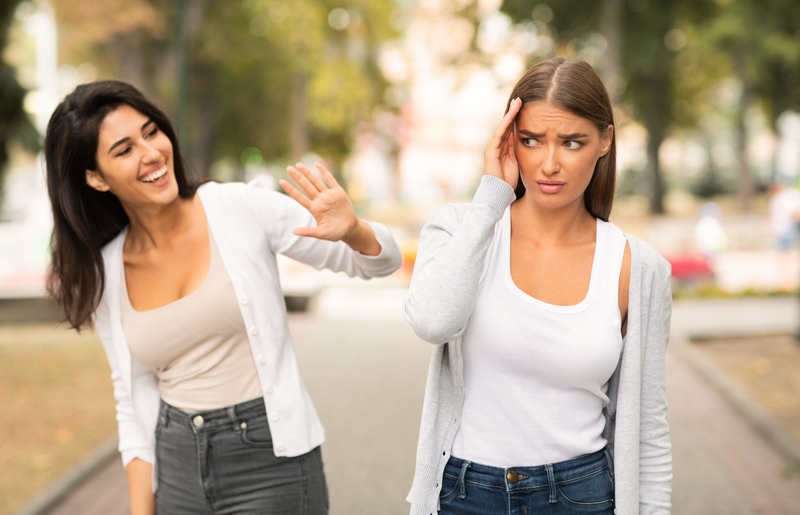
Anthropophobia involves fearing all people. It could be their family members or the whole of society. As odd as it sounds, some individuals do become hermits. It is possible that Anthropophobia could be the cause of avoidance of other people’s company.
Gephyrophobia – Bridges
Bridges may not seem scary, but people with Gephyrophobia may go out of their way to avoid driving or walking over a bridge. You can be assured that they will take the long way around, if the shortcut involves a bridge.

Though most of us will generally walk over a bridge, Gephyrophobia is actually linked to other fears like acrophobia – the fear of heights – or aquaphobia – the fear of large bodies of water. A common sign of this fear is one shutting one’s eyes tight when making a daring walk over a bridge, dizziness, and thoughts of falling or death.
Aichmophobia – Pointy Things
The ‘fear of pointy things’ might seem like a child’s name to describe what someone is scared of, but there is actually no more suitable name. The term ‘aichmophobia’ derives from the Greek word aichme which means ‘point.’ Interestingly, this kind of phobia is more general than trypanophobia which is an excessive ‘fear of needles.’

When it comes to Aichmophobia, people with this condition tend to have an intense fear of sharp objects in general like needles, knives, and scissors. It is not that irrational to fear ‘pointy things’ considering a piercing could be fatal.
Leukophobia – White
Color phobias are pretty commonplace. A prevalent color phobia is leukophobia which is an excessive aversion and dislike of the color white. The word ‘leukophobia’ is derived from the Greek word leuko which translates to ‘white.’
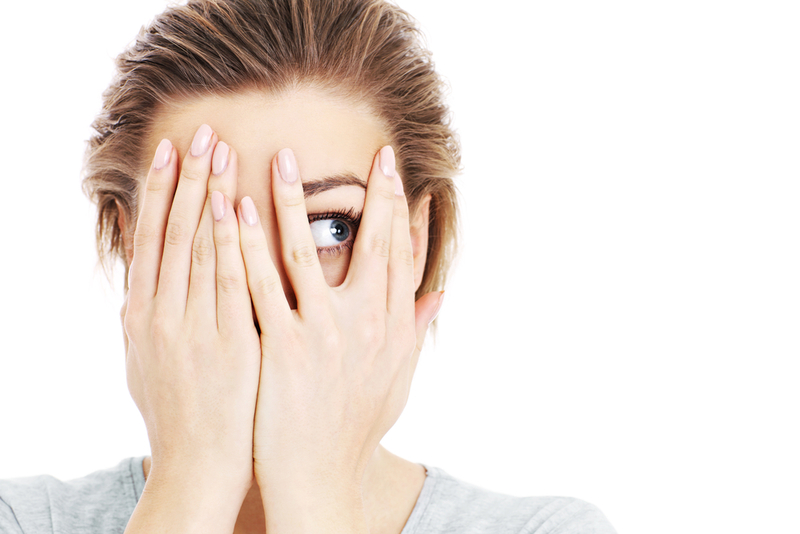
Though people may develop an aversion to white, this fear is not that irrational. In fact, plenty of animals use white as a defense mechanism, for often white or pale in nature is a sign of death. Animals who fail to produce skin pigmentations will appear very white, making them very noticeable and easy prey to others.




